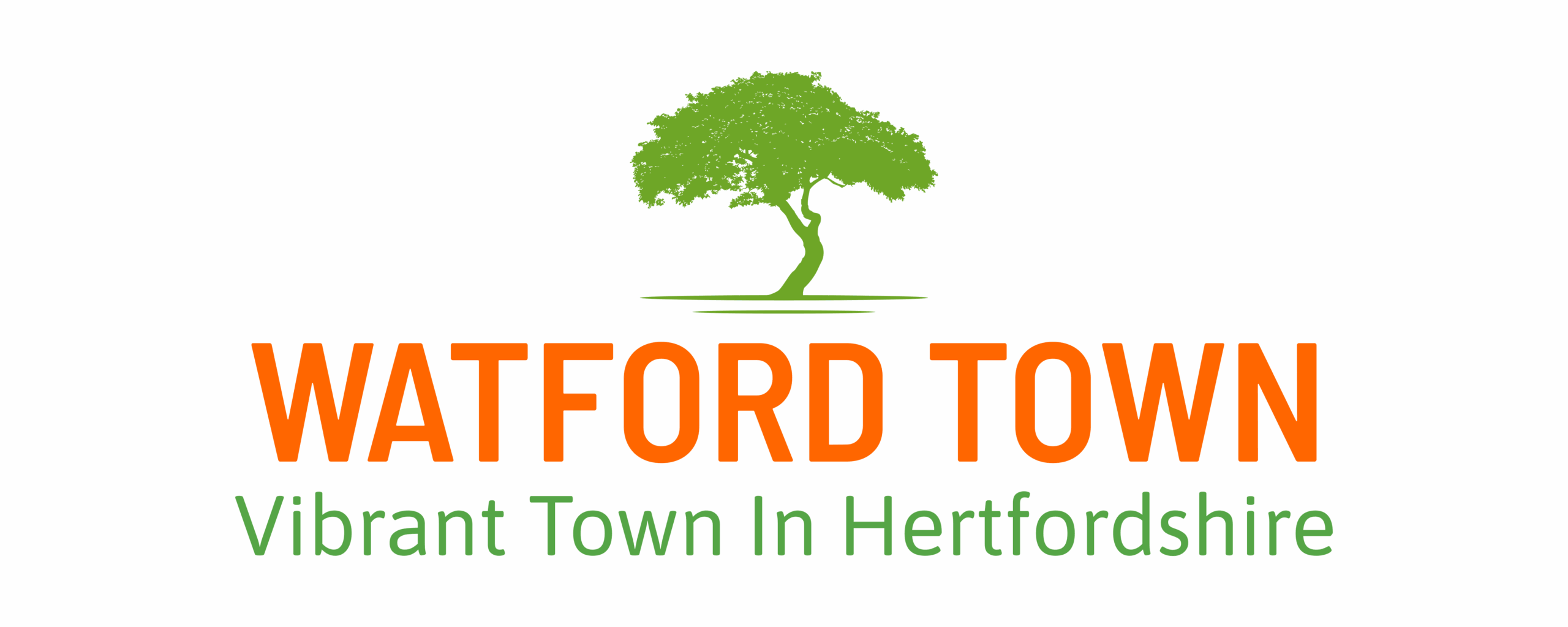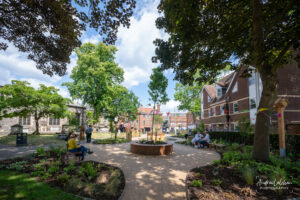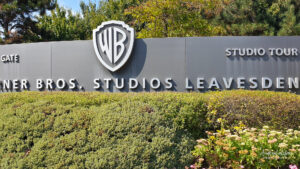From Markets to Malls: The History of Shopping in Watford
Before Zara and Cineworld took over our Saturday afternoons, Watford’s shopping journey began centuries ago in a much humbler setting—its bustling medieval market. Today, Watford is home to one of the UK’s top shopping destinations, but that transformation tells a deeper story about our town’s changing character, economy, and sense of identity. Let’s take a walk through time and rediscover how Watford became a shopping town at heart.
Watford’s Market Roots
Watford’s trading tradition goes back to at least the 12th century, when it was granted a market charter. Back then, the heart of local commerce wasn’t a mall—it was a market square alive with livestock, handmade goods, produce, and chatter.
Markets weren’t just about buying and selling. They were where news was exchanged, trades were learned, and communities gathered. For centuries, Watford’s market continued to evolve, eventually settling on its more modern form in Charter Place.
Post-War Growth and the Rise of the High Street
The mid-20th century brought huge change. After the Second World War, Watford saw major redevelopment, and like many towns across Britain, the high street became the new retail epicentre. Locals remember names like C&A, Woolworths, and BHS with fondness. Department stores began to offer more structured and stylish shopping experiences, and Queen’s Road became a busy commercial stretch.
The idea of a centralised, indoor shopping centre began to gain traction in the 1970s and ‘80s—Watford was growing, and it needed a modern retail space to match.
The Birth of the Harlequin Shopping Centre (1992)
On 16 June 1992, the Harlequin Shopping Centre officially opened its doors. It was named through a public competition—likely inspired by the nearby Harlequin railway line—and quickly became the crown jewel of Watford’s town centre.
Glass-roofed, airy, and ambitious, the Harlequin redefined local shopping. With John Lewis (formerly Trewins) as a central anchor, alongside Debenhams, M&S, Next, and dozens of national brands, the centre welcomed thousands weekly. It made Watford a genuine retail destination across Hertfordshire and beyond.
I remember walking to school in the late 1980s and watching as the massive excavation for the Harlequin began. Every day, something new was happening—diggers, concrete, steel rising into the sky. It completely transformed the area, turning what had been a mix of older shops and car parks into a modern shopping hub. Seeing the development unfold up close made the grand opening feel even more monumental.
Intu Watford and the 2010s Expansion
In 2013, the centre was rebranded to intu Watford after a corporate takeover. While the name change was met with mixed feelings, the accompanying expansion was significant. Intu acquired the adjacent Charter Place site and launched a massive redevelopment project.
By 2018, a sleek new wing featured a Cineworld cinema, high-end dining options, and flagship stores—including a brand-new Debenhams. The extension brought the centre’s total space to over 1.15 million sq ft, making it one of the largest shopping complexes in the UK.
Controversy and Change: Atria Watford (2021–2025)
When Intu Properties fell into administration in 2020, management passed to new owners who rebranded the centre again—this time as Atria Watford, in a nod to its skylighted atriums.
But something didn’t sit right.
Locals mourned the loss of the familiar Harlequin name, which had become part of Watford’s identity. Online forums, community groups, and town hall meetings echoed the same sentiment: “Why change a name that already means something to us?”
Back to the Future: The Harlequin Returns (2025)
In a rare but welcome example of corporate listening, the centre officially reclaimed its historical name on 3 July 2025, becoming Harlequin Watford once more. The return was celebrated with new signage, nostalgic branding, and a reaffirmation of the centre’s place in Watford life.
It wasn’t just a name change. It was a reminder that places are shaped not just by buildings or logos, but by the people who live, shop, and grow up in them.
Reflections on a Town That Shops Together
Watford’s shopping evolution—from open-air markets to covered malls—is a microcosm of wider changes across the UK. But what makes our story unique is how strongly our community has shaped (and reshaped) that journey.
As retail continues to evolve—with sustainability, digital integration, and localism at the forefront—Watford’s rich retail legacy gives us a strong foundation to build on.
The Harlequin is more than a centre. It’s a landmark in our town’s past, present, and future.
Do you remember shopping at the original Harlequin in the ‘90s? Have old photos or stories to share?
Leave a comment below, we’d love to hear from you!





